"Many of the mega hits that have become the soundtrack to our lives are often simpler to play on the guitar than we might think": Learn classic songs including Johnny Cash's version of Hurt with just a few chords
Strum for everyone

For a new guitar player, the idea of learning some classic songs might seem scary. We often think that the biggest and best songs in the world must be complicated works of art, but this isn’t always true.
In fact, many of the mega hits that have become the soundtrack to our lives are often simpler to play on the guitar than we might think. In this lesson we’re going to take four classic acoustic-driven songs and break them down. Each of the songs uses only a few chords so you will be able to strum your way through them in no time!
1. America – A Horse With No Name
This song is actually based around just two chords. The chords have names that make them sound complex, but don’t let the names put you off. The chords are relatively simple to get to grips with:
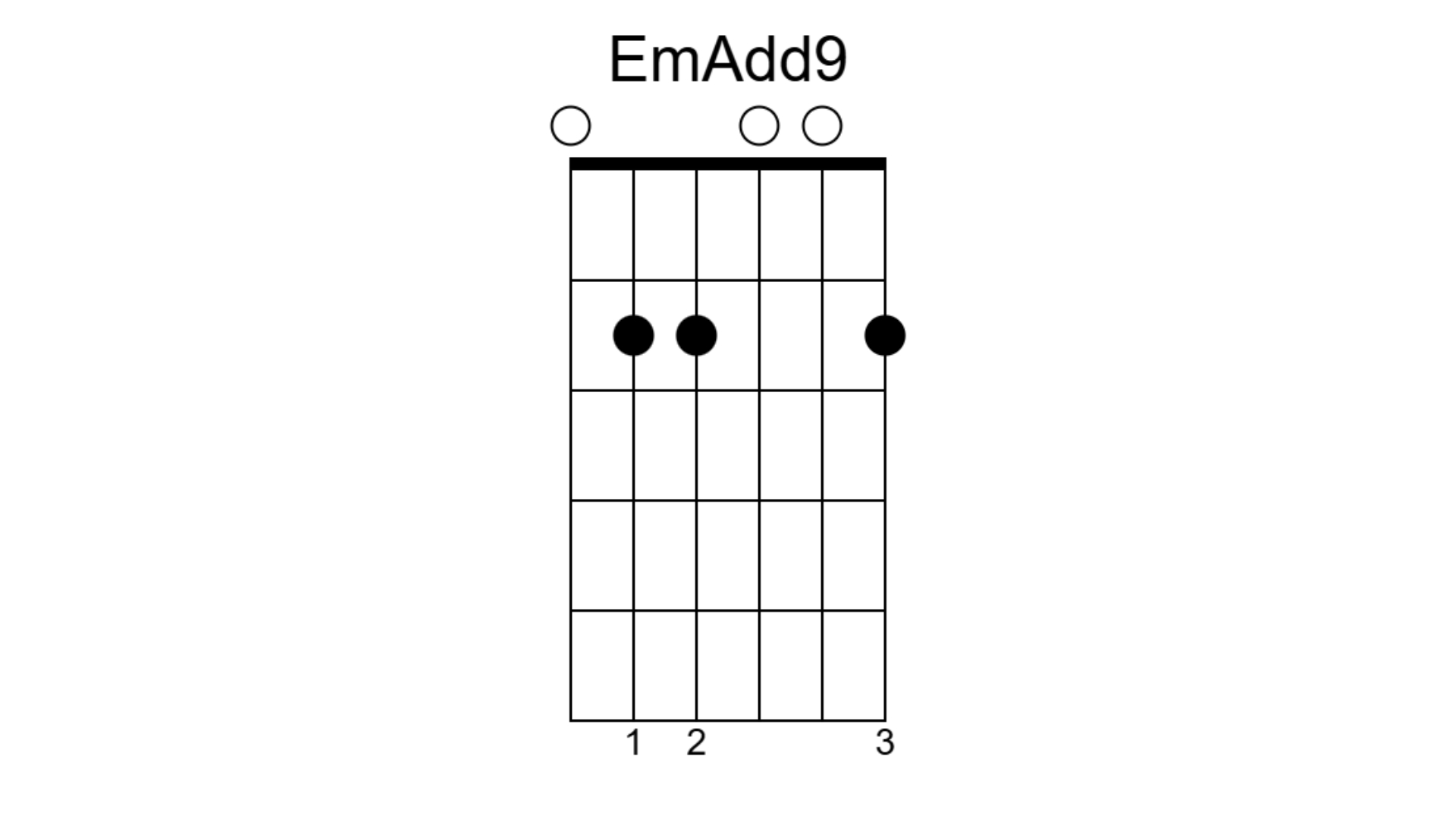
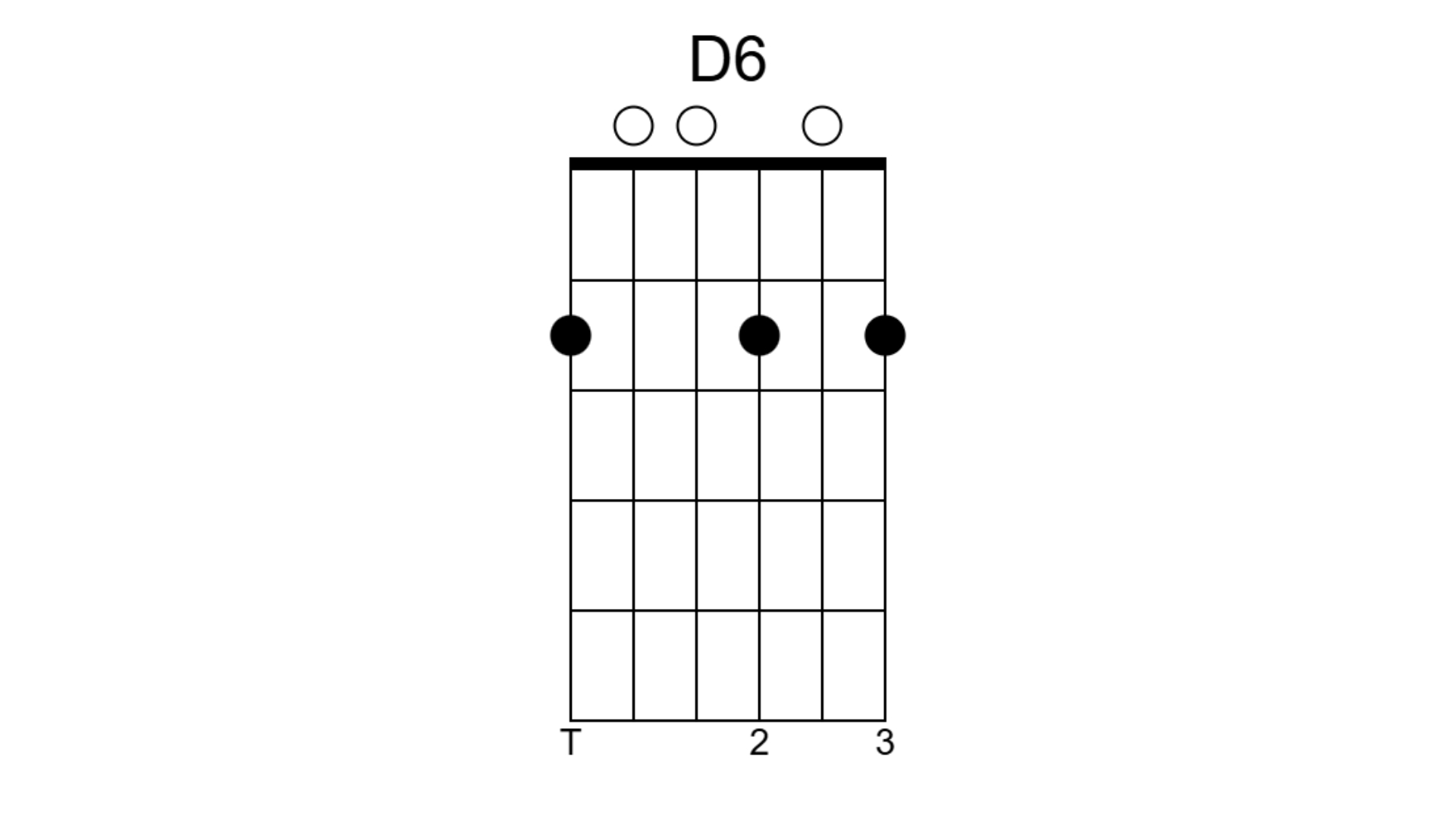
The EmAdd9 chord is actually just a regular E minor with the 2nd fret of the high E string added. You can add this with your third, or little finger, depending on what feels best.
The D6 chord still holds that second fret of the high E, but the finger playing the 2nd on the D shifts down to the 2nd on the G.
If you want, you can also use your thumb to add the low F# note on the 2nd fret of the low E string, but this is not necessary.
Rhythm-wise, this track is played with a triplet shuffle feel. This means your upstrums will be moving slightly closer to the beat that follows them. Instead of playing it straight, you’re dividing each beat into 3 (This is our triplet – 1 & a), and playing a downstroke on the beat and an upstroke on the “a”.
Want all the hottest music and gear news, reviews, deals, features and more, direct to your inbox? Sign up here.
In the EmAdd9 bar, you are skipping the downbeat on the 3rd and coming back in on the “a” and in the D6 bar you’ll be skipping the downbeat on the 2 and coming back in on the “a”.
If you have never played a shuffle feel before, just listen to the rhythm in the video lesson at the top of the page and try to copy what you hear rather than trying to count it.
2. Johnny Cash - Hurt
Johnny Cash’s cover of the Nine Inch Nails track Hurt was noy only the final track he ever released while alive, but it became one of his most notable hits. Cash really managed to convey the emotion in the lyrics in a new way.
Underpinning this is a very simple, and moody chord progression.
The arpeggiated intro and verse is made up of just three chords:
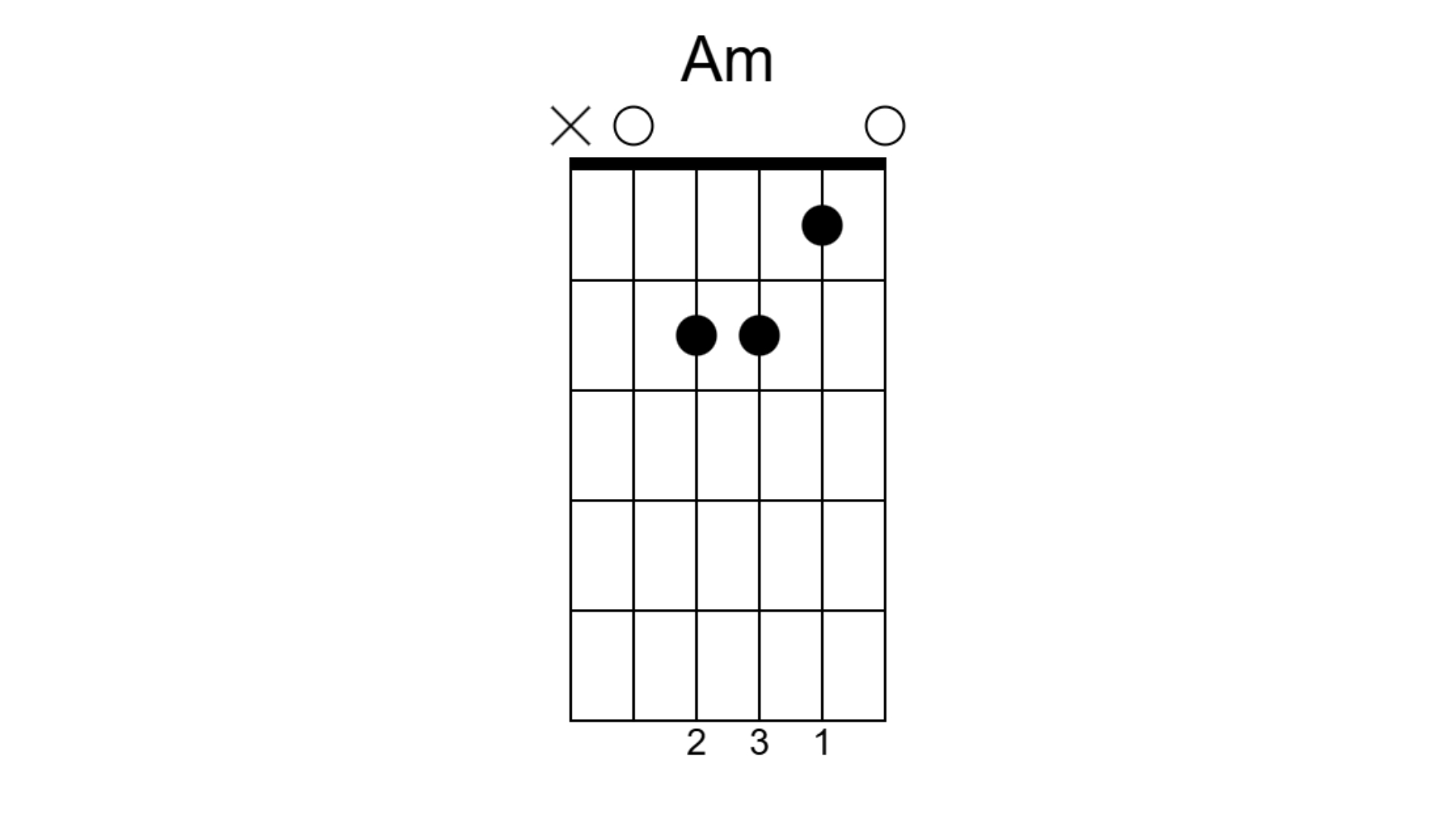
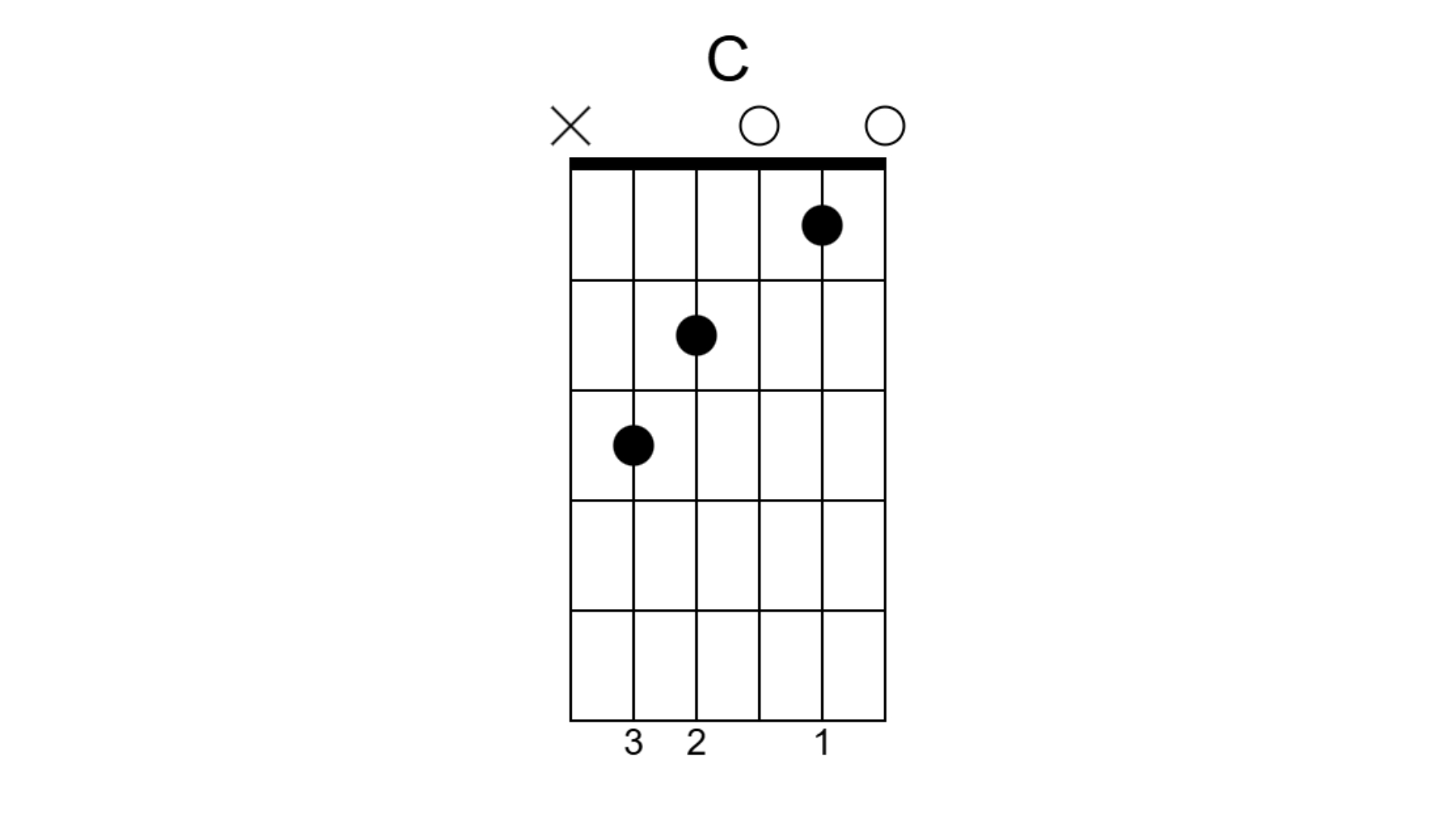
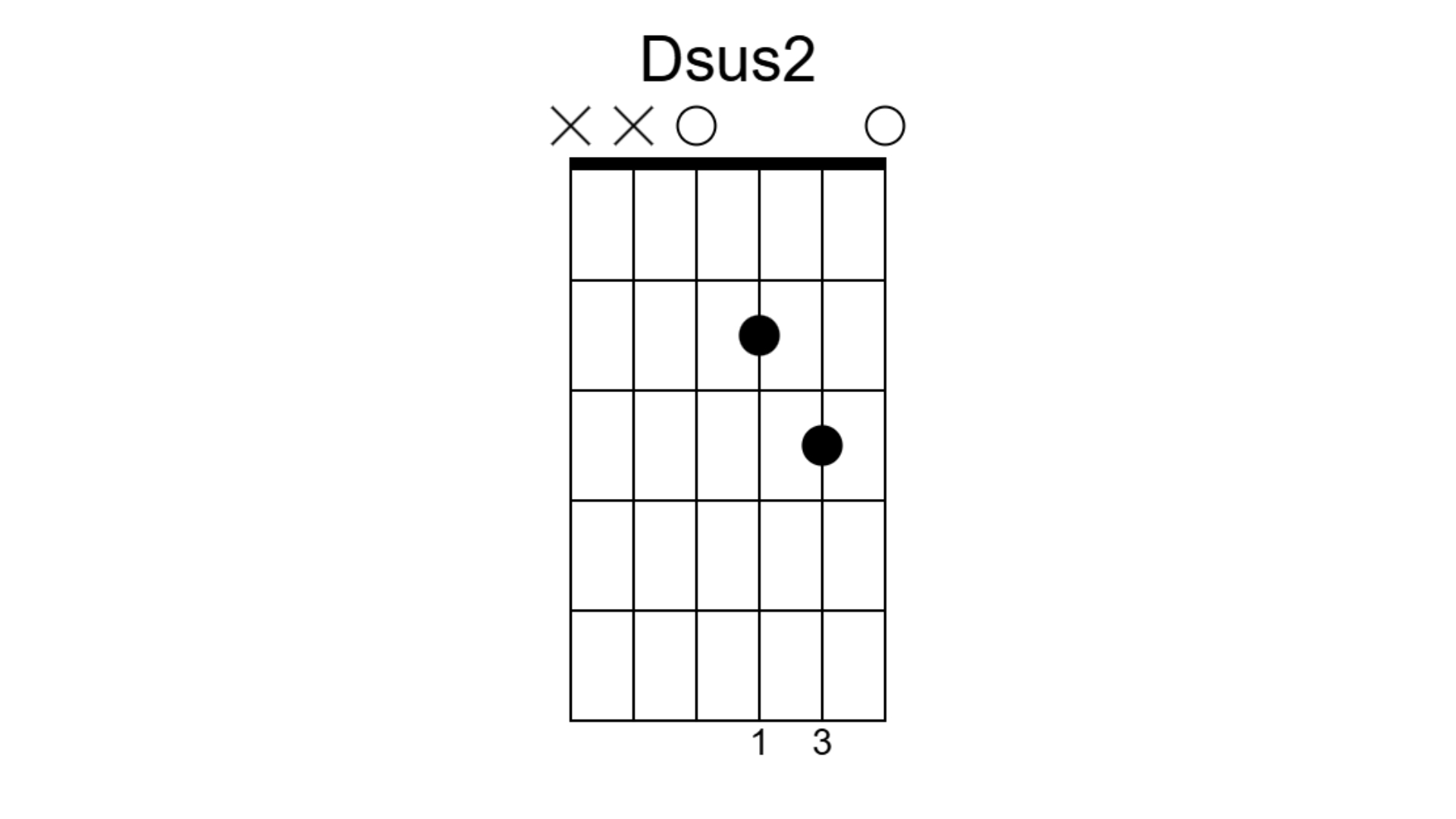
The chords are gently picked in a straight 8th note style pattern. Even though this is a straight feel, you can get away with being slightly loose when playing this to capture the songs emotion. While this song doesn’t have a pre-chorus, there is a single bar of G that is played prior to the chorus starting.

The chorus itself is also a straight feel, while alternating between strumming the full chord on the beat and the root of the chord on the off beat. The chorus uses the chords:




The chorus sticks on each chord for a full bar. The chord order changes slightly as the chorus goes on so check out the video to find the full structure you need for the chorus.
3. John Lennon – Working Class Hero

For this John Lennon classic, you’re going to moving away from 4/4 time and playing in 6/8 time. This means you’ll be dividing your bar of music up into 6 beats. You can count this as 1 2 3 4 5 6, or 1 2 3 2 2 3.
For the rhythm of this track, think of the bar as being two groups of three notes. On the 1 beat, play the root of the chord, on the 2 & 3 &, strum the higher notes of the chord, repeat for the second half of the bar.
The song starts with an A minor chord:

If you want to play this exactly how Lennon played it, on the first half of the bar, play the A root, on the second half, play the open D string and hammer on to the 2nd fret, before going into the strumming.
In the verse you’ll be keeping the A minor going, but you’ll also be introducing a G chord. The G chord is played in 3/8 time, which means you’re just playing half of your 6/8 bar. Count it as 1 2 3, before going straight back into A minor.

The chorus of this song starts with a full repeat of one segment of the verse, even though the vocal change indicates we’ve changed section, before going into the final line. This line has three bars of 3/8, in these three bars you’ll be playing an Am, G and D, before moving back to the standard 6/8 form of A minor.
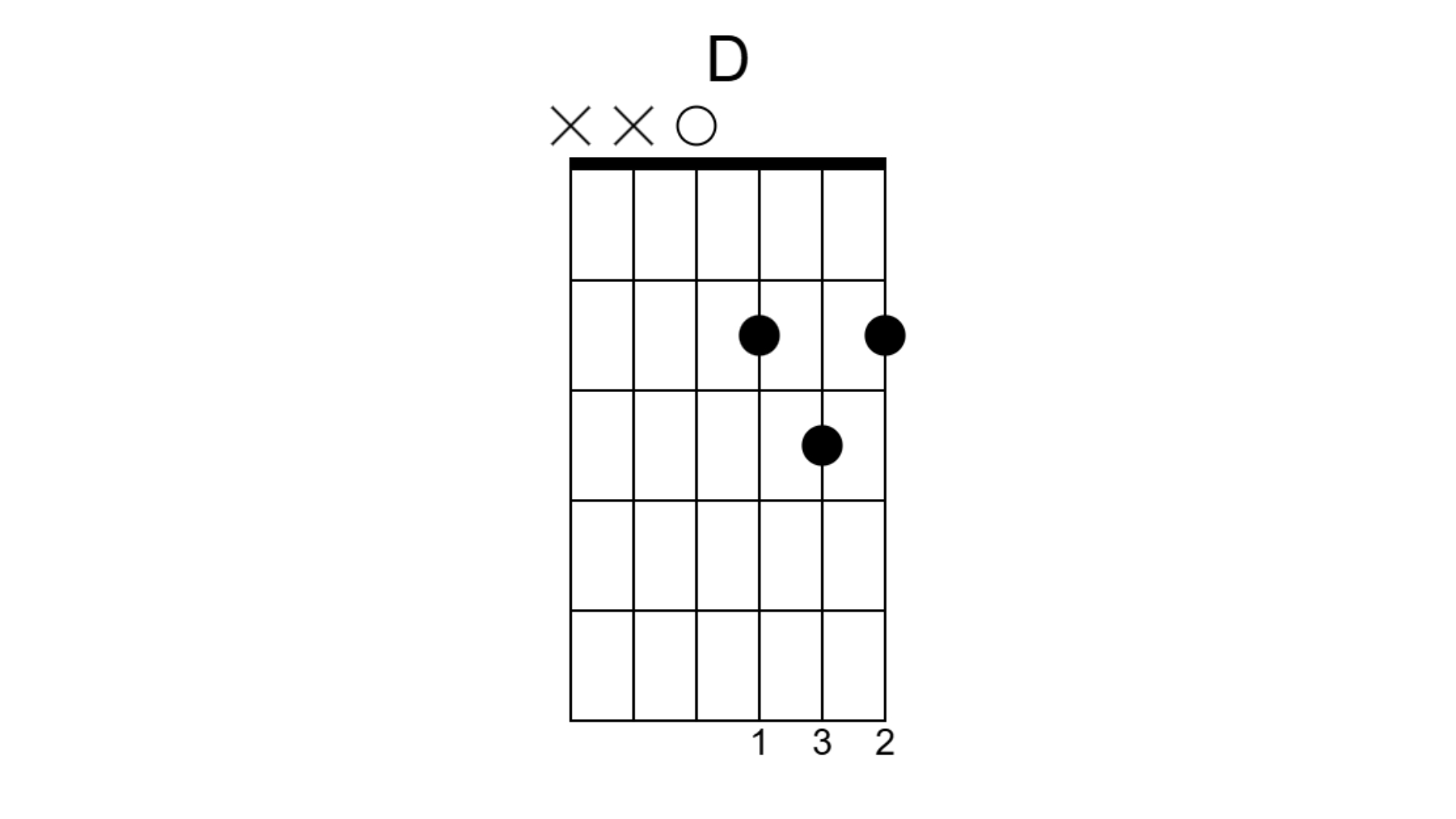
4. Credence Clearwater Revival – Have You Ever Seen The Rain
The final track we’re going to look at is the CCR song Have You Even Seen The Rain. This track is a very upbeat strum along that is great fun to get to grips with.
This song has three main parts, an intro, a verse and a chorus. The intro is made up of a 6 bar phrase. The chords used are:




The rhythm for the intro is the same rhythm that you’ll use for most of the song. It’s straight 8th notes with an 8th note break on the 2nd beat. This happens all throughout the song, with the exception of the occasional bar where all 8th notes are played.
The verse consists of just C and G chords. 4 bars of C, 2 bars of G and 2 more of C before repeating the entire section again.
The chorus is where this gets interesting, you start with a bar of F and a bar of G, with the same rhythm you’d been using, before going to a walk down phrase. This walkdown phrase goes to straight 8th notes, but each bar will contain 2 chord changes. The chords used are:

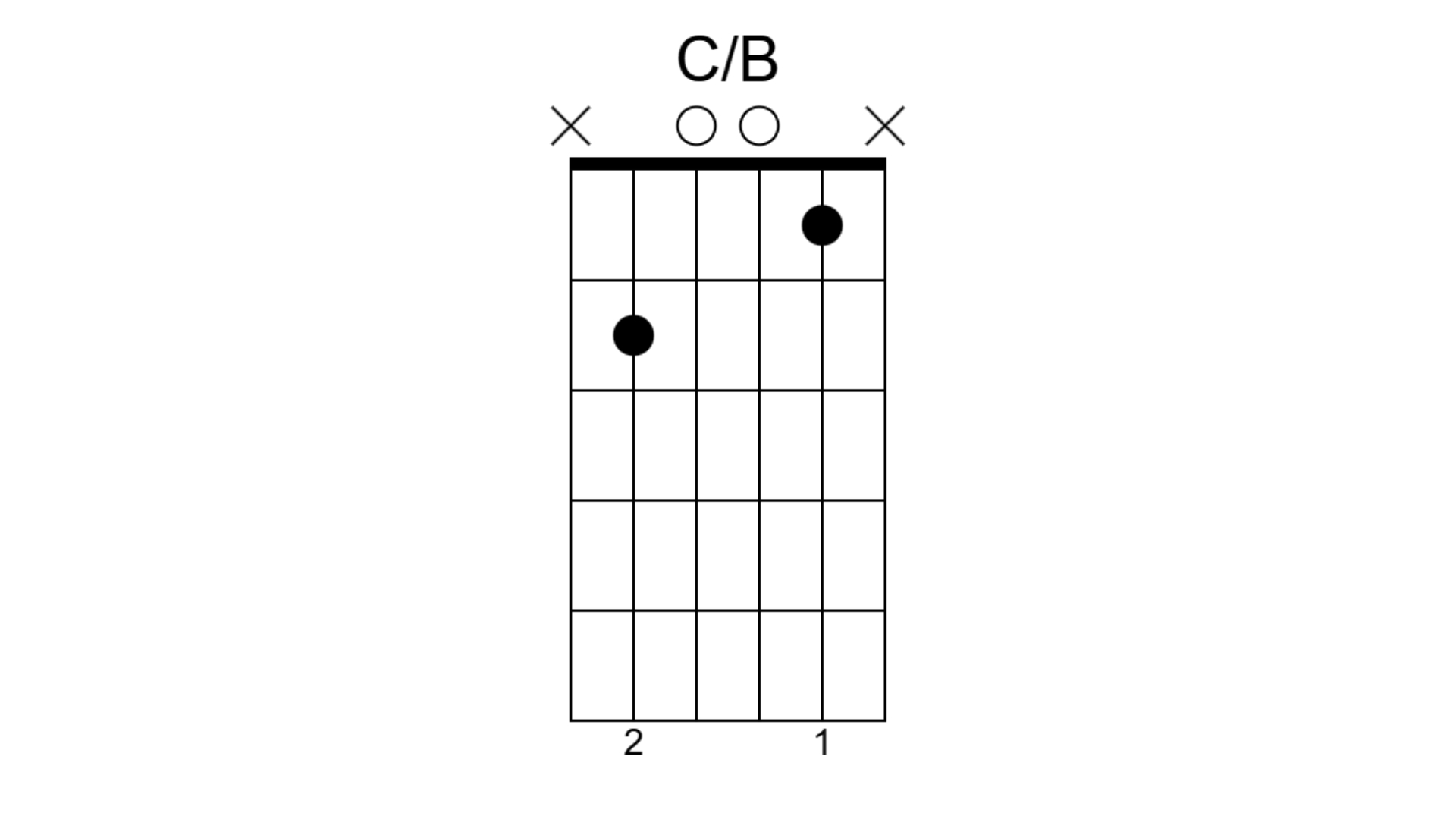

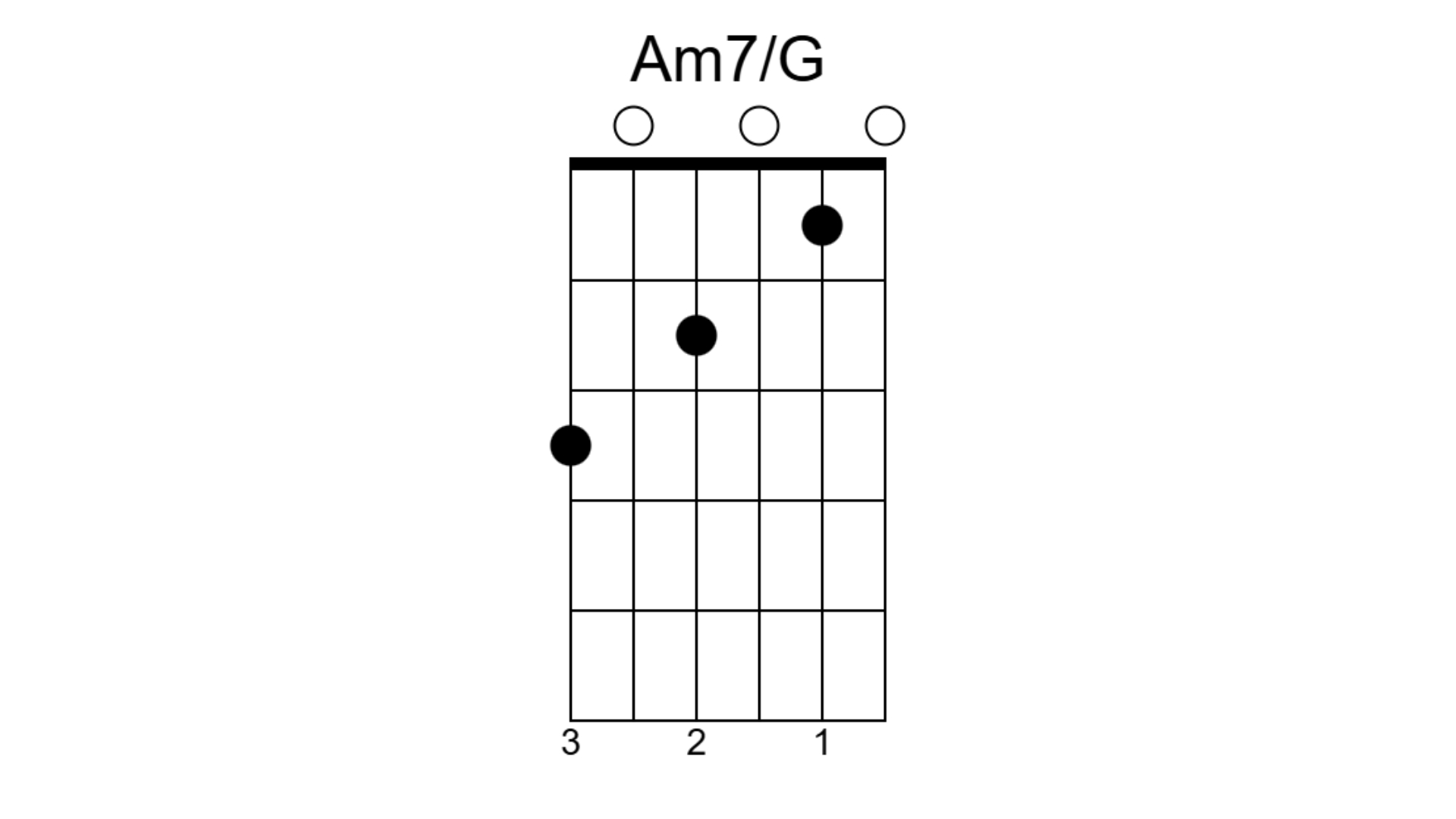
This selection of chords creates the impression of a bassline walking down. You’re playing 2 beats on each chord which is 4 strums (2 per beat). This phrase is also repeated twice before going back to a bar of F, a bar of G and two bars of C.
When working on the walk down phrase, spend some time focusing on clean transitions between each chord because the straight feel of this part of the song means there is very little room for timing inconsistencies.
Leigh Fuge is a guitar player and content creator with a love for all things '80s. When he’s not creating gear demos for his Youtube channel he’s teaching students via his online guitar course Right Notes Music Tuition. Off camera he spends most of his time travelling around the UK performing at functions and corporate events. www.instagram.com/leighfugeguitar



